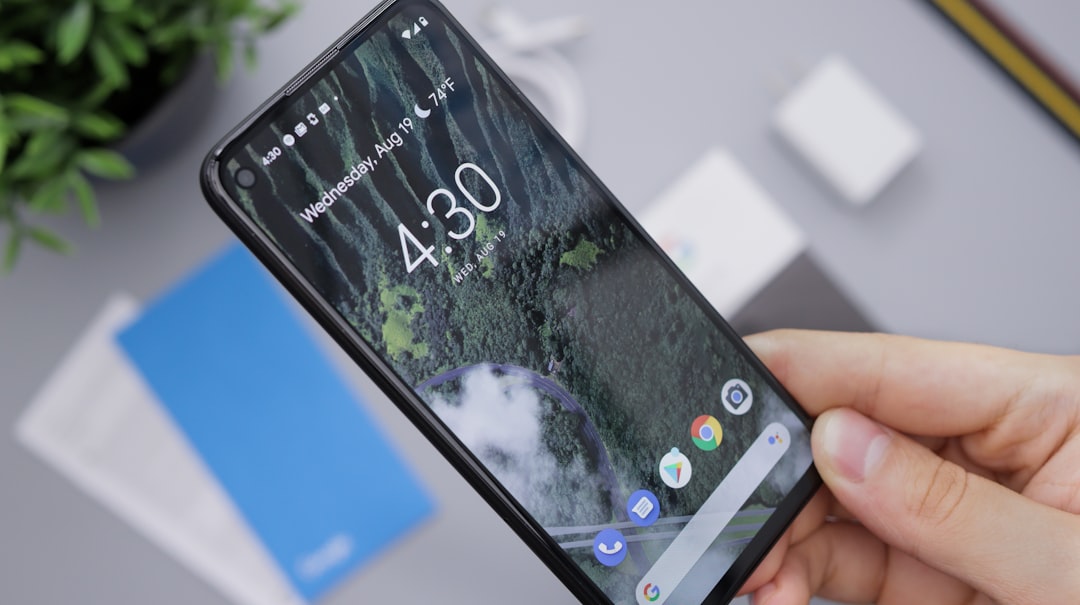In today’s digital age, social media is a crucial part of building and maintaining a personal brand. Whether you're a freelancer, entrepreneur, creative professional, or job seeker, integrating your personal branding website with social media can help you extend your reach, engage with your audience, and establish a strong online presence. But how do you effectively link the two platforms? This blog post will explore the power of cross-promotion and engagement between your website and social media accounts, offering tips on how to maximize your impact.
Why Integrate Your Website with Social Media?
Integrating your personal branding website with social media creates a seamless experience for your audience. Here’s why it’s essential:
- Increased Visibility: Social media is where most of your audience is. By linking your website to your social profiles, you can drive traffic to your site and expand your visibility.
- Audience Engagement: Social media allows for real-time interactions, building relationships with your audience in a more personal way. By cross-promoting content from your website, you can initiate deeper conversations and boost engagement.
- Brand Consistency: Having a unified presence across your website and social media helps solidify your personal brand. Consistent messaging and visuals create a stronger identity and trust.
- Lead Generation: Every time someone interacts with your content, whether through your website or social media, you have the potential to convert them into leads, customers, or followers. Cross-promotion amplifies these opportunities.
Now that we understand the importance, let’s look at how to effectively integrate your personal branding website with social media.
1. Add Social Media Links to Your Website
One of the simplest and most effective ways to integrate your website with social media is to add social media buttons on your site. These buttons should be easily accessible, typically placed in the header, footer, or sidebar, making it easy for visitors to follow you on social platforms.
Consider the following:
- Icons: Use recognizable social media icons (Facebook, Instagram, Twitter, LinkedIn, etc.) to make it clear where visitors can find you on each platform.
- Links in Context: If you have blog posts, projects, or portfolio items, make sure to link to your social media profiles where relevant. For example, after showcasing a project, you could add, “Follow along on Instagram for behind-the-scenes updates.”
- Hover Effects: Adding hover effects on social media buttons can make them stand out without being too intrusive.
Make sure the social media links are consistent with the design of your website so they don’t feel out of place.
2. Embed Social Media Feeds on Your Website
Embedding your social media feeds directly on your website is a great way to keep your site dynamic and constantly updated. This shows your audience that you’re active and keeps your website content fresh without having to manually update it regularly.
Here are some ideas for embedding social media content:
- Instagram Feed: Display a grid of your latest Instagram posts to highlight your visual content.
- Twitter Feed: If you’re active on Twitter, displaying your feed can showcase your quick thoughts, news, and interactions.
- LinkedIn Feed: Embed your professional updates, articles, or achievements from LinkedIn to establish credibility.
Embedding your feeds not only adds a personal touch but also encourages website visitors to engage with your social media accounts.
3. Cross-Promote Content Between Your Website and Social Media
Consistency is key when it comes to cross-promotion. Whenever you publish a new blog post, portfolio update, or product launch on your personal branding website, make sure to share it across your social media platforms. Likewise, use your website to promote your social media channels.
Here’s how you can cross-promote effectively:
- Social Media Buttons on Blog Posts: Include share buttons on your blog posts to encourage readers to share your content on their own social media profiles. This will increase the visibility of your posts.
- Call to Action (CTA): At the end of your blog post, add a CTA encouraging visitors to follow you on social media for more updates or behind-the-scenes content.
- Content Teasers on Social Media: If you write long-form content on your website, create a teaser post for your social media platforms that invites followers to read more on your site. Include a compelling hook and a direct link to the article.
By cross-promoting content, you create a feedback loop where your social media followers are driven to your website, and website visitors are encouraged to engage with you on social media.
4. Use Social Proof and Testimonials
Social media can serve as a powerful source of social proof. Testimonials, reviews, and endorsements on your social media pages act as powerful trust signals that potential clients or partners will see when they visit your site.
Here’s how to leverage this:
- Feature Testimonials from Social Media: If you receive positive feedback from clients, followers, or peers on social media, showcase these quotes on your website.
- User-Generated Content: Encourage your audience to create content about your brand and share it. Repost this content on both your website and social media to show how others are engaging with your personal brand.
This integration of social proof helps increase your credibility and builds trust with new visitors.
5. Engage Your Audience Across Platforms
One of the most effective ways to integrate your website and social media is through engagement. While your website is a place where you showcase your work, social media is where you can interact directly with your audience. Engaging with your audience encourages deeper connections and increases your online presence.
Here are some ways to boost engagement:
- Ask Questions or Create Polls: Use your social media posts to engage with your audience, asking for their opinions or feedback. This creates opportunities for conversation and sharing on both platforms.
- Comment and Respond: Respond to comments on both your website (e.g., blog posts) and social media. Acknowledge feedback and initiate conversations to foster a community.
- Host Contests or Giveaways: Run contests or giveaways on your social media accounts and drive people to your website to participate. This will increase engagement across both platforms.
When you engage with your audience consistently, it keeps your personal brand top-of-mind and creates loyal followers who are more likely to support your work or share your content.
6. Track and Analyze Your Efforts
To ensure that your integration efforts are paying off, it’s important to track the results of your social media and website cross-promotion. Use tools like Google Analytics and social media insights to measure traffic, engagement, and conversions from social media to your website (and vice versa).
Look for:
- Referral Traffic: Are your social media profiles driving traffic to your website? Which platforms are bringing in the most visitors?
- Engagement Rates: How is your audience interacting with the content on your social media profiles and your website?
- Conversion Metrics: Are people taking the next step after visiting your website, such as signing up for a newsletter or making a purchase?
By analyzing the data, you can refine your strategy and make adjustments for even better results.
Conclusion
Integrating your personal branding website with social media is a powerful way to boost your online presence, increase engagement, and grow your brand. By cross-promoting content, sharing social proof, and actively engaging with your audience, you can create a cohesive, dynamic online experience that strengthens your personal brand.
Remember, it’s not just about linking your website to your social media profiles. It’s about creating a relationship between the two platforms that encourages meaningful interactions and drives results. Start today by implementing these strategies, and watch as your personal brand thrives across both your website and social media.










0 Comments